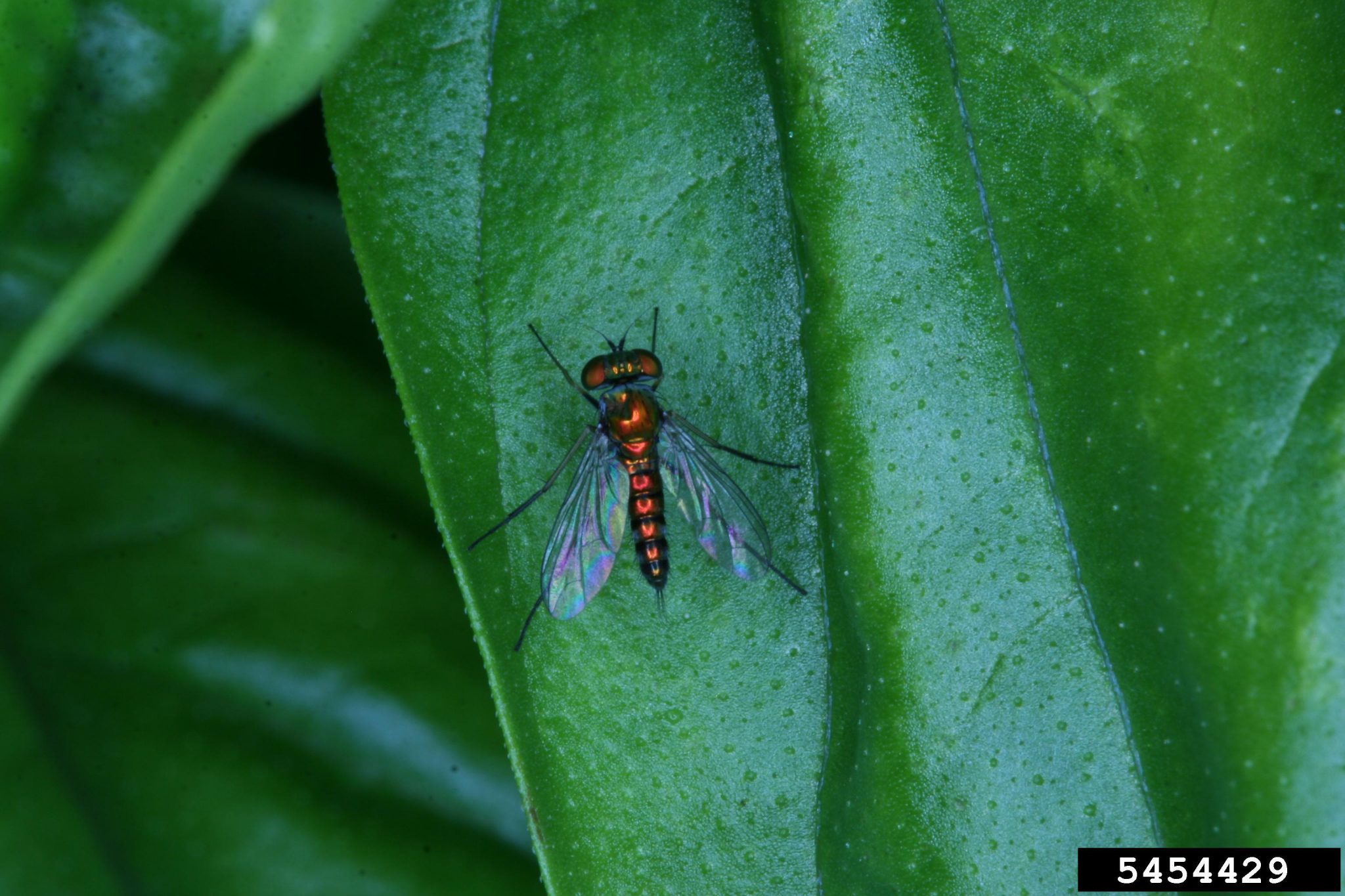How do caterpillars acquire chubby legs? Scientists trace the origins to a genetic program associated with crabs
4.9 (184) · $ 8.99 · In stock
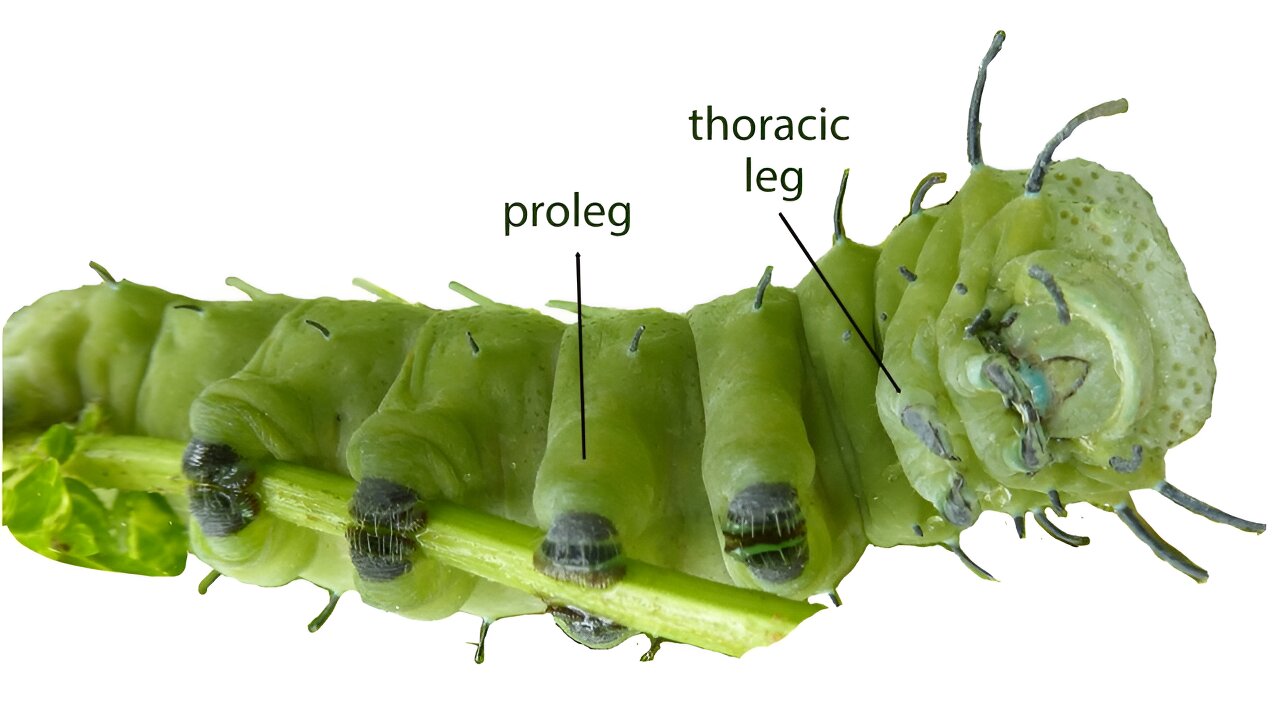
Adult insects, including butterflies and moths, typically have only three pairs of legs. But the existence of extra legs in caterpillars—chubby abdominal appendages also known as "prolegs"—has long posed an evolutionary mystery to biologists. A recent study by researchers from the National University of Singapore (NUS) linked this novel trait to crustaceans.

9780008160814 by Collins - Issuu
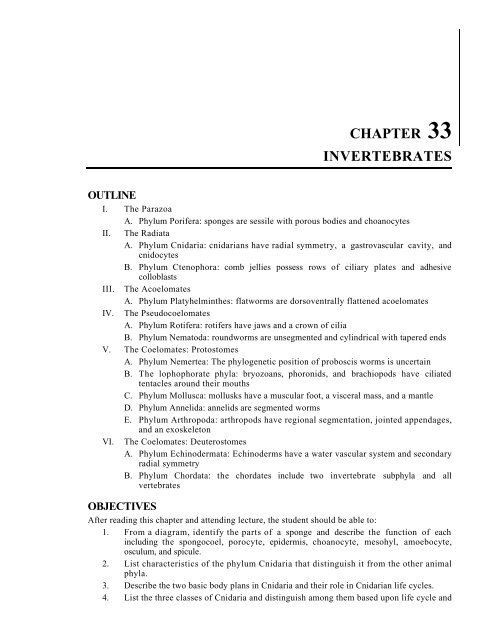
CHAPTER 33 INVERTEBRATES - BiologyJunction

Caterpillar, Definition, Insect, Types, & Facts

Jacaranda Science Quest 7 Australian Curriculum 4e by jacarandaaus - Issuu

The Mess of Arachnid Phylogeny

803 questions with answers in TAXONOMY

The History of Insect Parasitism and the Mid-Mesozoic Parasitoid Revolution

How did some insects like cockroaches evolve to have 6 legs when they can already fly given that humans have only 2 legs and can't even fly? - Quora
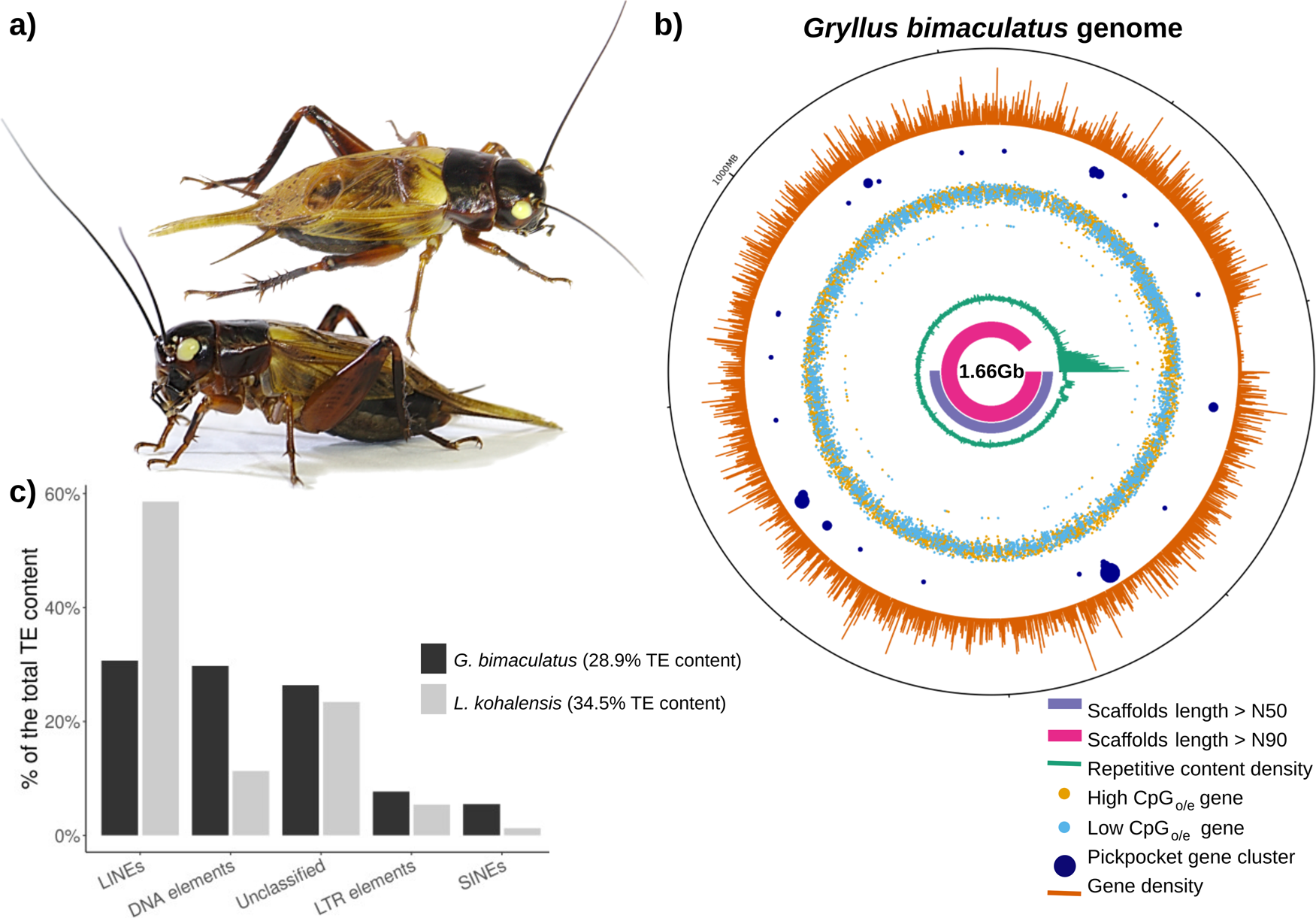
Insights into the genomic evolution of insects from cricket genomes
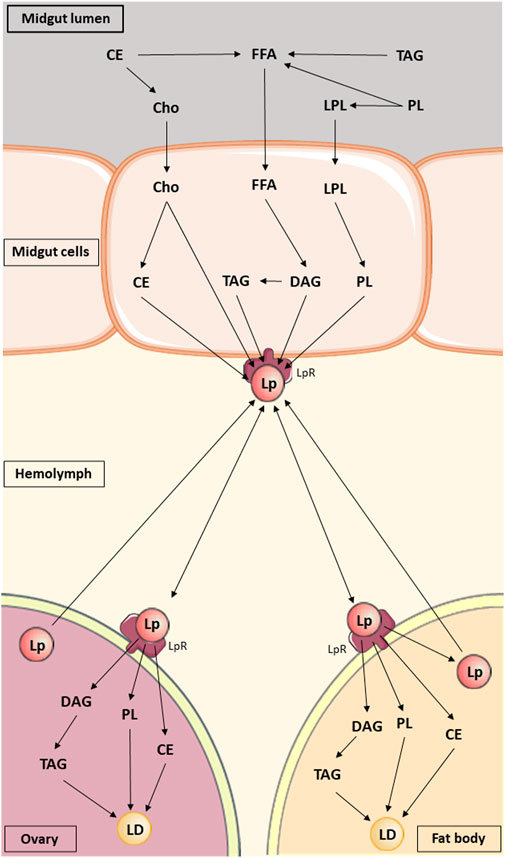
Frontiers Lipids as a key element of insect defense systems

Challenges facing sustainable protein production: Opportunities for cereals - ScienceDirect





